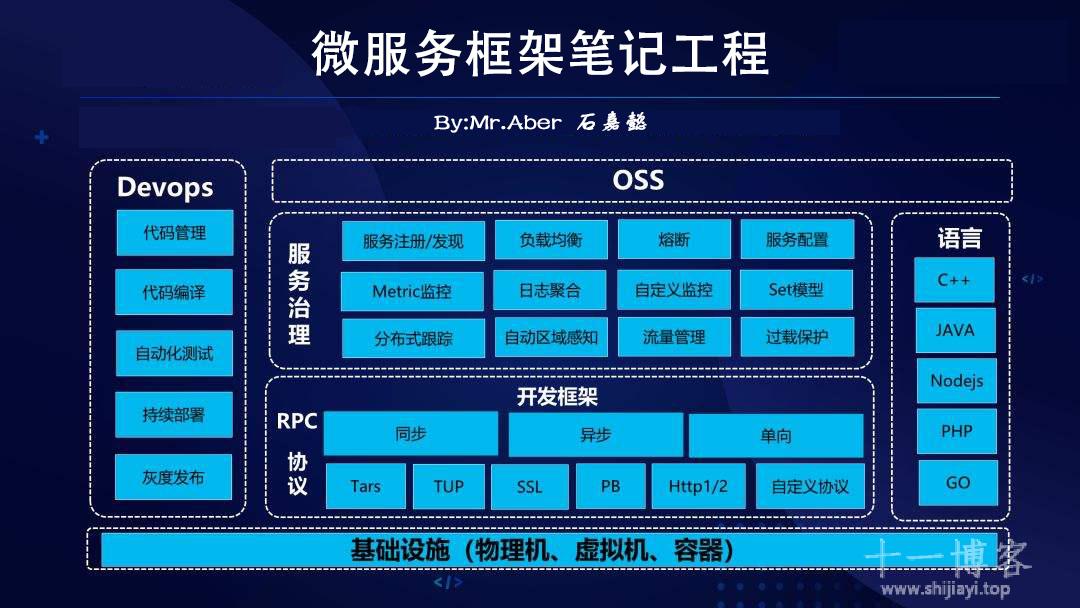redis的持久化
################################ SNAPSHOTTING ################################
#
# Save the DB on disk:
#
# save <seconds> <changes>
#
# Will save the DB if both the given number of seconds and the given
# number of write operations against the DB occurred.
#
# In the example below the behaviour will be to save:
# after 900 sec (15 min) if at least 1 key changed
# after 300 sec (5 min) if at least 10 keys changed
# after 60 sec if at least 10000 keys changed
#
# Note: you can disable saving completely by commenting out all "save" lines.
#
# It is also possible to remove all the previously configured save
# points by adding a save directive with a single empty string argument
# like in the following example:
#
# save ""
save 900 1
save 300 10
save 60 10000
1. redis是一个内存数据库,当redis服务器重启,获取电脑重启,数据会丢失,我们可以将redis内存中的数据持久化保存到硬盘的文件中。
2. redis持久化机制:
1. RDB:默认方式,不需要进行配置,默认就使用这种机制
* 在一定的间隔时间中,检测key的变化情况,然后持久化数据
1. 编辑redis.windwos.conf文件
# after 900 sec (15 min) if at least 1 key changed
save 900 1
# after 300 sec (5 min) if at least 10 keys changed
save 300 10
# after 60 sec if at least 10000 keys changed
save 60 10000
2. 重新启动redis服务器,并指定配置文件名称
D:\JavaWeb2018\day23_redis\资料\redis\windows-64\redis-2.8.9>redis-server.exe redis.windows.conf
2. AOF:日志记录的方式,可以记录每一条命令的操作。可以每一次命令操作后,持久化数据
1. 编辑redis.windwos.conf文件
appendonly no(关闭aof) --> appendonly yes (开启aof)
# appendfsync always : 每一次操作都进行持久化
appendfsync everysec : 每隔一秒进行一次持久化
# appendfsync no : 不进行持久化




